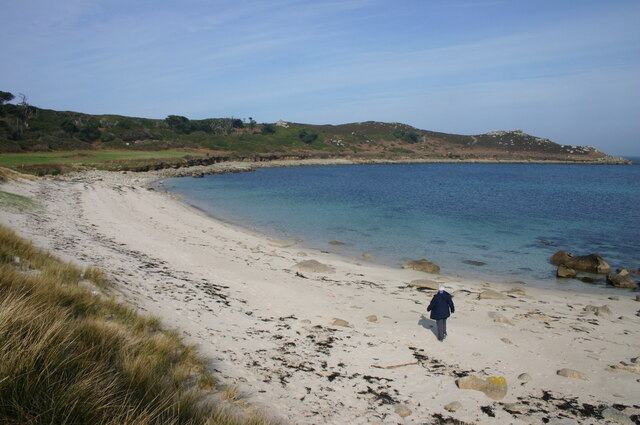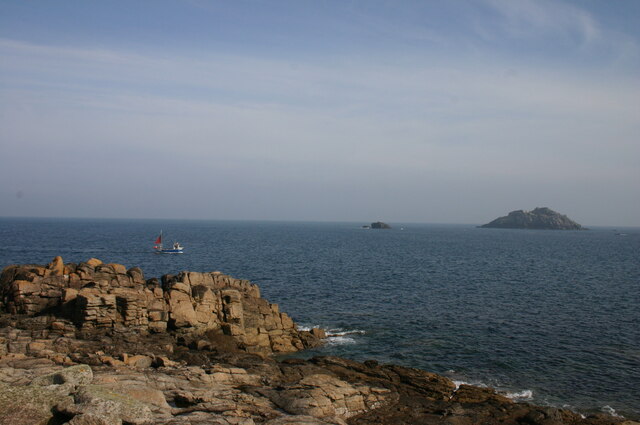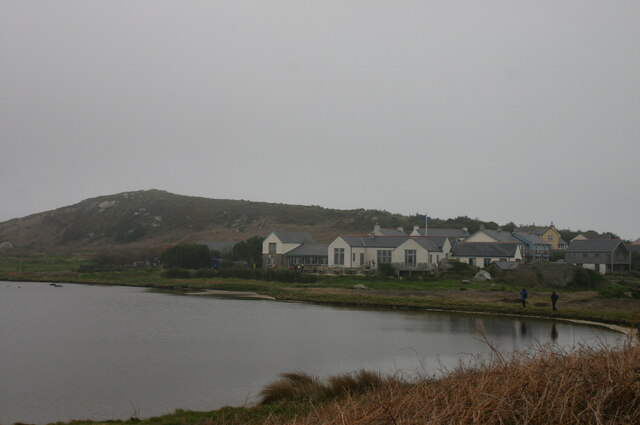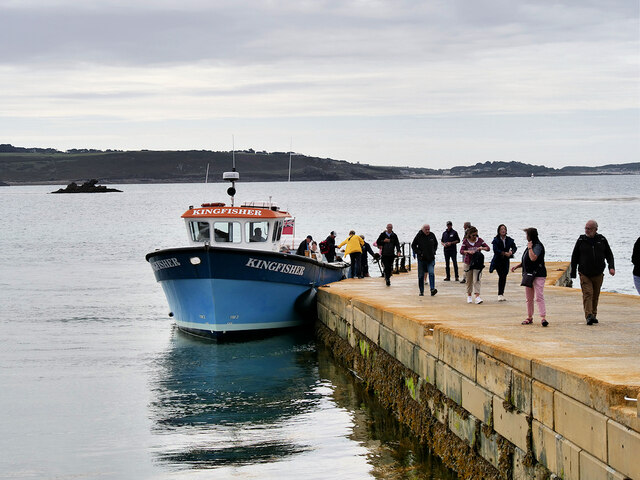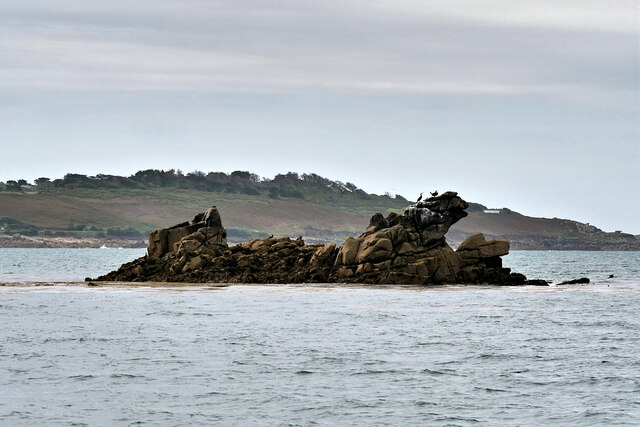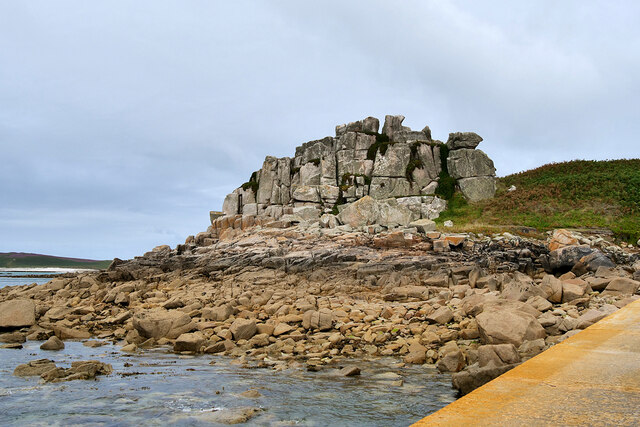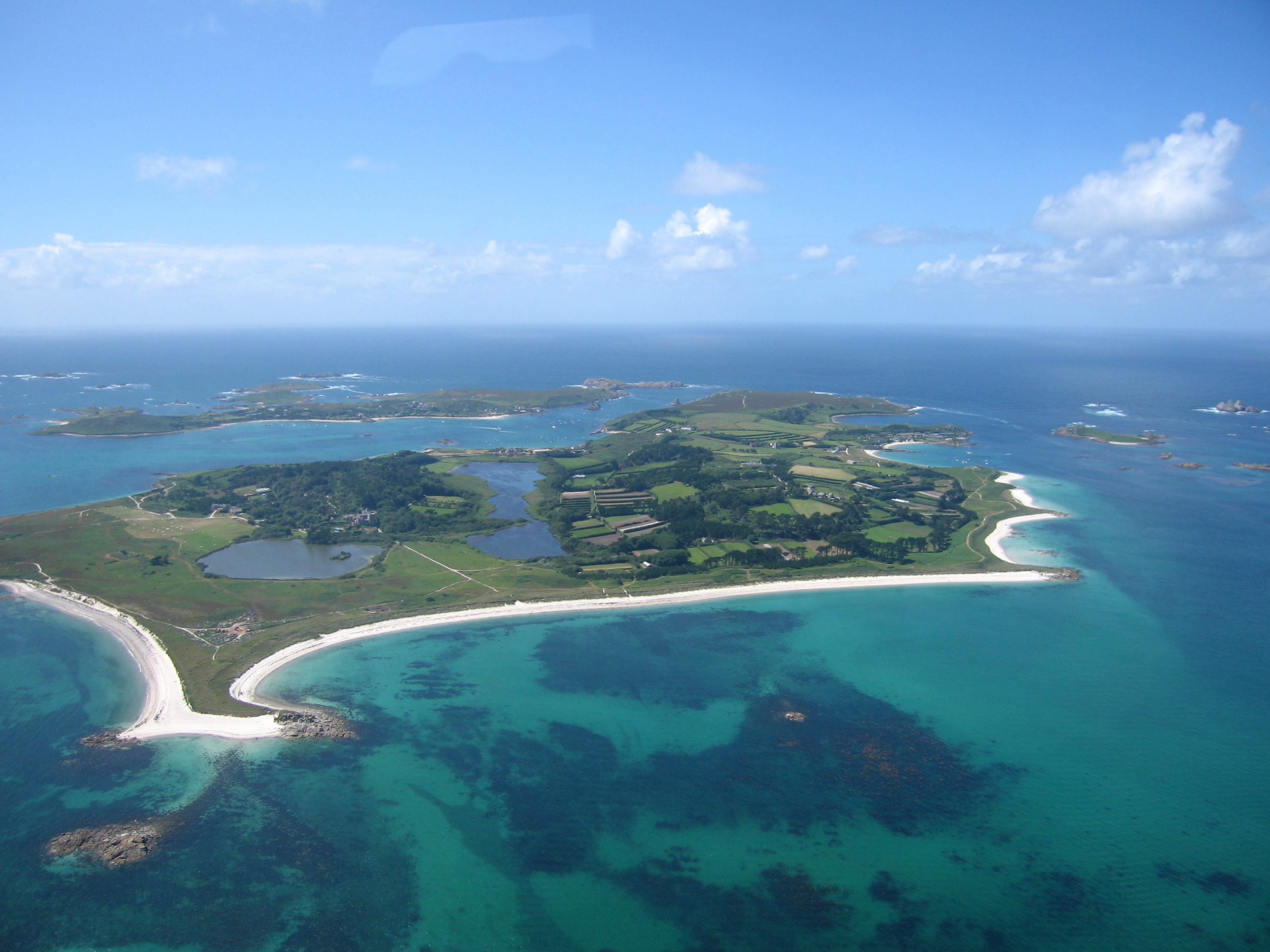Tresco
Island in Cornwall
England
Tresco

Tresco is a small island located in the Isles of Scilly, an archipelago off the southwestern coast of Cornwall, England. With a population of around 200 people, it covers an area of approximately 2.9 square kilometers. Tresco is renowned for its picturesque landscapes, rich biodiversity, and historical sites.
The island is characterized by its pristine white sandy beaches, crystal-clear turquoise waters, and stunning subtropical gardens. These gardens, known as the Tresco Abbey Gardens, are home to a diverse array of exotic plant species from around the world, thriving in the mild climate created by the Gulf Stream.
Tresco's history dates back to the Bronze Age, and evidence of early settlements can still be found on the island. One notable landmark is the Cromwell's Castle, a well-preserved artillery fort built during the English Civil War in the mid-17th century. Other historical sites include King Charles's Castle, an artillery fort built in the 16th century, and the Old Blockhouse, a defensive structure dating back to the 16th century.
The island offers various recreational activities, such as birdwatching, sailing, and diving, attracting nature enthusiasts and adventure seekers alike. In addition, Tresco is a popular destination for tourists seeking a peaceful and idyllic getaway, with its charming cottages, cozy inns, and upscale holiday homes.
Accessible by boat or helicopter, Tresco offers a unique and tranquil escape for visitors, providing a perfect blend of natural beauty, history, and relaxation.
If you have any feedback on the listing, please let us know in the comments section below.
Tresco Images
Images are sourced within 2km of 49.951345/-6.333267 or Grid Reference SV8914. Thanks to Geograph Open Source API. All images are credited.











Tresco is located at Grid Ref: SV8914 (Lat: 49.951345, Lng: -6.333267)
Division: Isles of Scilly
Unitary Authority: Isles of Scilly
Police Authority: Devon and Cornwall
What 3 Words
///broached.dream.surreal. Near Tresco, Isles of Scilly
Nearby Locations
Related Wikis
Tresco, Isles of Scilly
Tresco (Cornish: Enys Skaw, lit. 'island of elder-trees') is the second-biggest island of the Isles of Scilly. It is 297 ha (1.15 sq mi) in area, measuring...
Tresco Abbey Gardens
Tresco Abbey Gardens are located on the island of Tresco in the Isles of Scilly, United Kingdom. The 17 acre gardens were established by the nineteenth...
RNAS Tresco
RNAS Tresco was a Royal Naval Air Service base on Tresco, the second largest island in the Isles of Scilly. From February 1917 to May 1919 aircraft patrolled...
Tresco Priory
Tresco Priory is a former monastic settlement on Tresco, Isles of Scilly founded in 946 AD. It was re-founded as the Priory of St Nicholas by monks from...
Nearby Amenities
Located within 500m of 49.951345,-6.333267Have you been to Tresco?
Leave your review of Tresco below (or comments, questions and feedback).
